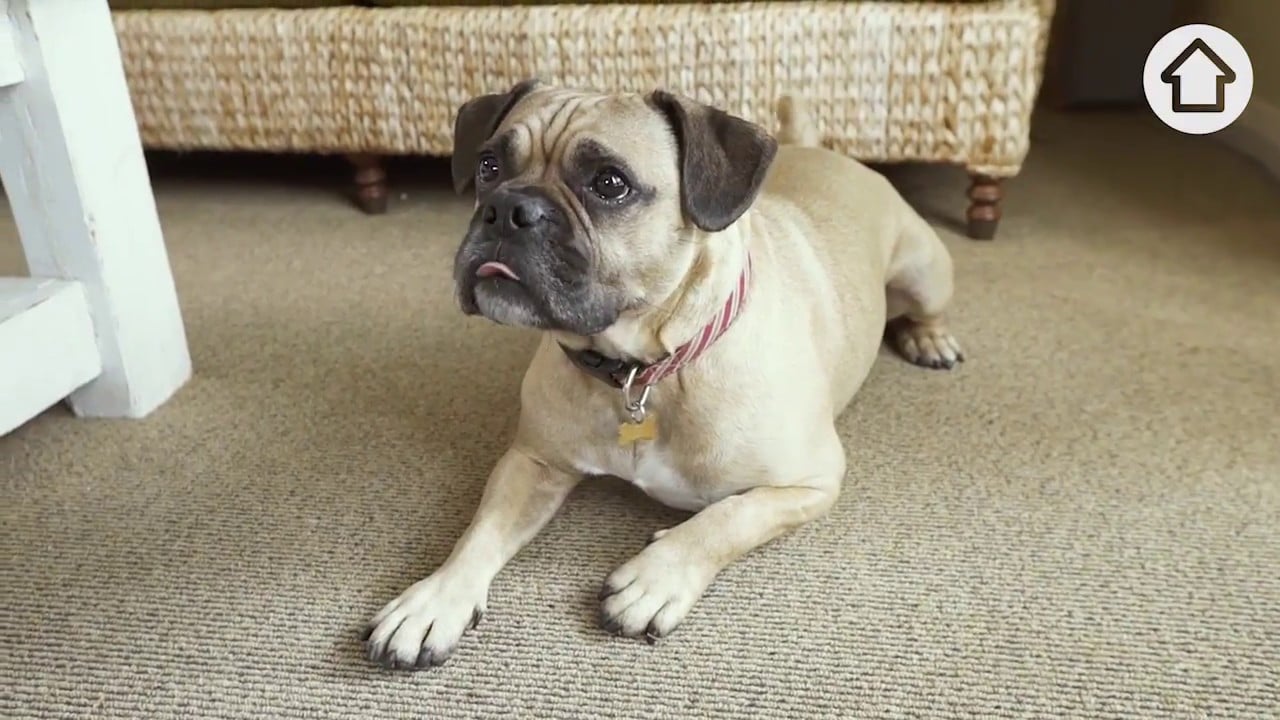You may not be aware of the dangers of Passive Smoking to your Pets.

This is known as passive smoking if we breathe in smoke from other people’s cigarettes, pipes or cigars. We all hear about the risks of passive smoking, especially when around children, but this is causing damage to our pets too. Exposure to toxic, passive smoke in our homes is having a detrimental impact on our pet’s health. 85% of passive smoke is invisible in our homes.
Here are 5 dangers that you should be aware of:
No 1. When you smoke in the home, your dog can also suffer from respiratory issues, in just the same way that smokers do. This is made worse by inhaling second-hand smoke. Your pet can also develop skin disease and allergies just by being exposed to second-hand smoke. Nicotine is known to affect the nervous system of dogs and cats. Why would you inflict this on your pets?
Read about Alvin the cat who got asthma from his owner’s passive smoking.
No 2. As our dogs and cats spend more time in the home and are closer to floor coverings, where carcinogenic particles can collect, they are at greater risk from passive smoking than humans. Your dog isn’t only breathing in polluted air. He is also picking up carcinogens from the furniture, carpet, cushions, human skin and your clothes. This is known as third-hand smoke.
No 3. Both dogs and cats take in a significant amount of nicotine and smoke just by grooming themselves. They lick their fur when cleaning themselves, unknowingly ingesting smoke residue that clings to their hair.
No 4. Most pets are “trapped” in the polluted, passive smoke in your home unless they can escape from it through a cat flap or doggie door that will allow them to pass outdoors. Opening a window isn’t enough.
No 5. Our pets can also be harmed by eating and swallowing any part of a cigarette, cigar, stop-smoking aid, chewing tobacco, nicotine patch or e-cigarette. Likewise, any drinking water contaminated with a cigarette end can cause harm.
Symptoms of Passive smoking when it affects our pets
There are more obvious health risks when our dogs and cats are exposed to the toxins in passive smoke, such as allergies and respiratory issues like bronchitis and asthma. Health studies have also reported that very serious conditions, such as lung and nasal cancer in dogs and lymphoma in felines, can affect pets living with smokers. A dog with a longer nose or snout is more at risk of developing sinus and nasal cancer when living in a smoke-filled home. Dogs with short and medium-sized noses are more susceptible to lung cancer.
Symptoms of nicotine poisoning in animals include cardiac abnormalities, seizures, tremors, vomiting and diarrhoea, constricted pupils and drooling. If you think your pet is suffering from any of these symptoms as the result of smoke inhalation, contact your Vet for advice.
Prevention is much better.
Many owners are not aware of the devastating impact of passive smoking on their pets. There are several things you can do to reduce the risk of nicotine poisoning. The most obvious is to smoke outside the home to prevent damaging particles from collecting on furniture and floorcoverings.
- Always wash your hands after smoking and before touching your pet
- Wash our hair after smoking, especially if a child or pet is cuddling up near to you
- Never leave ash trays or cigarette butts where pets can easily access
- Frequently clean and steam carpets to prevent toxic particles from building up
- Designate a specific room for smoking, where children and pets are not allowed to enter
These steps will help to reduce the amount of toxic smoke that your dog or cat is exposed to, but stopping smoking really is the best option to safeguard your pet’s health and wellbeing

